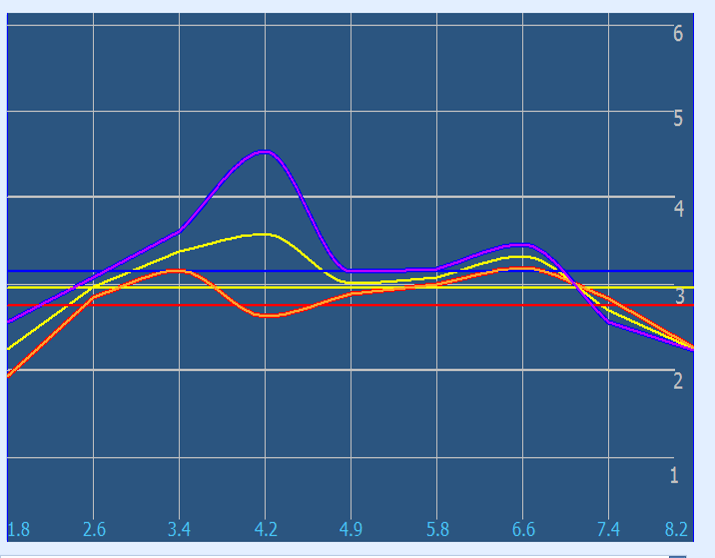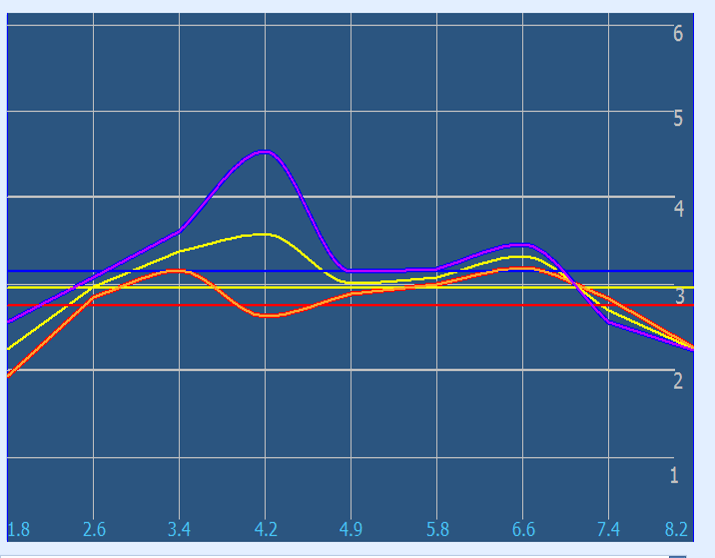Spectral Analysis

The Science behind Biostar-NLS Spectral Analysis
Next: What is "Atomic absorption spectroscopy"? Atomic absorption spectrometry has many uses in different areas of chemistry such as:
- Clinical analysis: Analyzing metals in biological fluids and tissues such as whole blood, plasma, urine, saliva, brain tissue, liver, muscle tissue, semen
- Pharmaceuticals: In some pharmaceutical manufacturing processes, minute quantities of a catalyst that remain in the final drug product
- Water analysis: Analyzing water for its metal content.
- Spectroscopy is often used in physical and analytical chemistry for the identification of substances.
- A device for recording a spectrum is a spectrometer. Spectrometry can be classified according to the physical quantity which is measured or calculated.
- Spectroscopy is also heavily used in astronomy. Most large telescopes have spectrographs, which are used to measure the chemical composition and physical properties of astronomical objects.
A recorded spectrum of a person:
- The intensity of emitted electromagnetic waves and the amount of absorbed electromagnetic waves are studied by electromagnetic spectroscopy.
- Kinetic energy of particles is studied by electron energy loss spectroscopy.
- The mass-to-charge ratios of molecules and atoms are studied in mass spectrometry, sometimes called mass spectroscopy. Mass spectrometry is a measuring technique and can produce a spectrum of masses, a mass spectrum, similar in appearance to other spectroscopy techniques.
Biostar-NLS Spectrograph
The Biostar-NLS Spectrograph is a powerful tool to determine the most important information of the Body.
Click Play to watch the Spectrometer in Action
Comments

